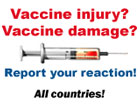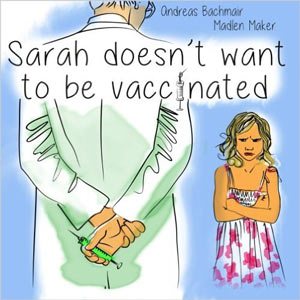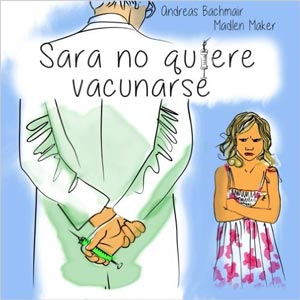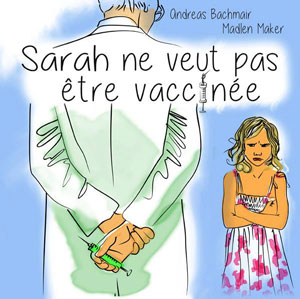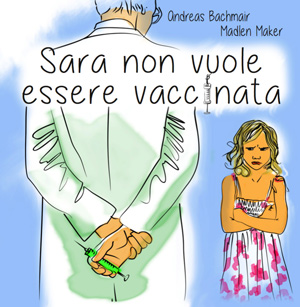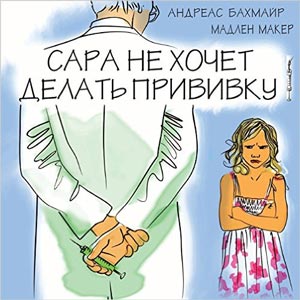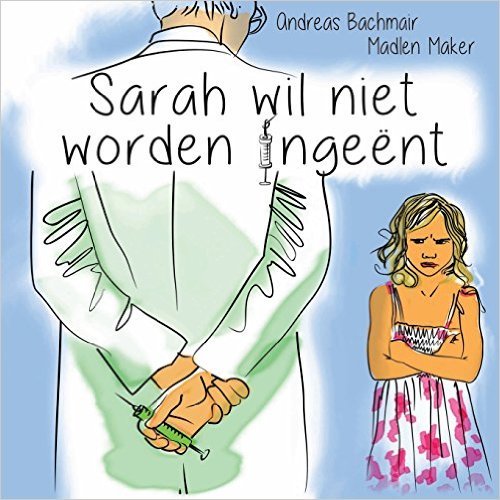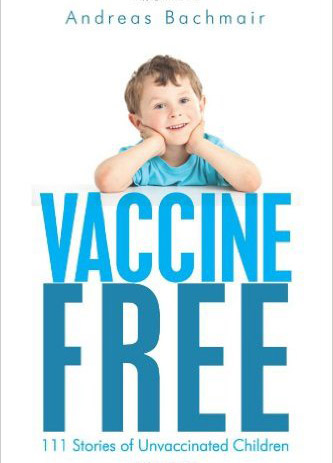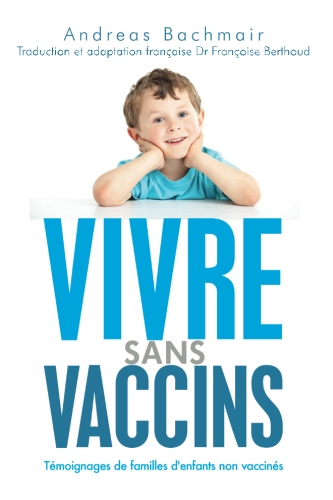Science: Increase in cancer cases as a consequence of eliminating febrile infectious diseases
Very interesting article from the Dutch organisation of naturopractic practioners about the increase of cancer due to the elimination of febrile infectious diseases through vaccines. This is an excerpt. If you want to read the whole article please scroll down and find the link to a PDF.
INDEX
1. Epidemiological research into the connection between fever and protection against cancer
2 Our immune system: The 3 important mechanisms
2.1 Mechanism 1 – Attack via antibodies (Th2)
2.2 Mechanism 2 – Attack via cell defence (Th1) including fever
2.3 Mechanism 3 - Active tolerance
2.4 Rara avis: Cured from metastasised cancer
3. Why acute febrile infections protect against cancer, while chronic infections don't
3.1 Why are chronic infections carcinogenic?
3.2 Why do immune reactions allow cancer to grow?
3.3 Fever and the immune reaction
4. Vaccination policies in the light of the fever and cancer connection
Hippocrates already mentioned that people who develop cancer had fever in their lives much less often than people who do not get cancer. In the 19th, 20th and 21st century reliable epidemiological studies showed that people going through several fever episodes at an early age less often got cancer at an advanced age.Hofman 1, Engel (2,3), Sinek4, Witzel5, Remy6, West7, Wynder8, and Newhouse9 described the same association in case-control stud
In 1998 a reliable case-control study described that, with 95% probability, going through childhood diseases with fever (Febrile Infectious Childhood Disease or FICD) results in a reduction of between 5% and 32% of all cases of cancer except breast cancer, with an average of 18%. This is very significant. For The Netherlands (2007: 87.000 new cases/year), this means more than 12.000 cases a year! (H.U. Albonico et al. Febrile infectious childhood diseases in the history of cancer patients and matched controls (Summary here)
Other interesting studies describe the same connection between the growing number of cancer cases and the decrease of febrile childhood diseases as a result of vaccinations (!), antibiotics and antipyretics over the last few decades (Hoption, Kato10, Cerhan11).
It seems that the more acute infections with high fever, including those in adulthood, the smaller the risk of cancer. The use of antibiotics, antipyretics - i.e. paracetamol and aspirin - , antihistaminica and even decongestants (nose sprays) increases the risk of cancer. G. Mastrangelo et al., 1998 12 described that in Italy between 1859 and 1963 every 2% decrease in mortality of an infectious disease appeared to be followed by a 2% increase in mortality as a result of cancer with an interval of 10 years.
...
Why acute febrile infections protect against cancer, while chronic infections don't
Why are chronic infections carcinogenic?
In case of an infection the immune system destroys the enemy. During that battle a lot of collateral tissue damage is done. This should be repaired. When the game is over, the immune cells disappear and the cells that must reconstruct the tissue take over.
During both phases macrophages are important. They are the immune cells that eat and digest everything abnormal, including microbes. During the active part of the infection, the lymphocytes tell them to secrete a lot of oxidising, toxic substances in order to free the tissue from pathogens. After the battle is over, these same macrophages stop secreting oxidising toxins, clear away the dead tissue and then disappear. Repair can start now.
If the enemy is not beaten after a certain time, the inflammation becomes chronic. The number of macrophages in the wound is not decreased but prolonged. Two actions start happening at the same time: attack and repair. Because of the damaging attack, the repair has to go on for ever. During the attack oxidative damage is done. During repair the DNA is very vulnerable for oxidative damage. In rare cases, the DNA of a body cell is so damaged that the cell transforms into a cancer cell.
Examples: chronic hepatitis B, asbestosis.
Fever and the immune reaction
Fever improves the eagerness, efficiency and efficacy of the immune system. (Cancer Immunol Immunother 200634). It enhances almost all functions of the immune system: intensified dendritic cell and T cell activity, more immune cells ripened and ready for battle and improved communication between immune cells. All this results in accelerated clearing of enemy cells and lower change into chronic inflammation (Cancer Immunol Immunother 200635)
Reduction of febrile periods through whatever method (antipyretics, antibiotics) in animals with an increased risk of cancer showed significant higher cancer mortality in animals as opposed to animals without fever suppression (Kluger, 2002 36). The same findings have been observed in humans (Greisman et al., 2002 37, Keller 38).
The use of medication that lowers or prevents fever is not without adverse effects. An alternative approach could be to stimulate the immune system, rather than suppress it.
Vaccination policies in the light of the fever and cancer connection
The WHO wants to create “a world in which all people at risk are protected against vaccine-preventable diseases”
The pharmaceutical industry is developing vaccine after vaccine against even harmless infections because illnesses cost working days and money.
What we now see is that teenagers and people in their twenties need new boosters against childhood diseases such as mumps, because vaccination does not guarantee lifelong immunity. The risk of complications in adults as a consequence of childhood diseases is many times greater. Man is thus becoming more and more dependent on vaccines.
Moreover, vaccines are also in preparation that should protect the immune system against diseases partly caused by the vaccines themselves (auto-immune diseases, allergies). The final result is an immune system supported by an enormous rush of new vaccines. The way back is becoming increasingly difficult. It seems that humanity in this century needs to be fully infused with vaccines in order to keep up an artificial immune system!
It seems that eliminating childhood diseases leads to many more risks, like increasing numbers of chronic diseases and perhaps also cancer, than was ever thought possible.
Consider that people in Sweden once, from 1979 until far into the 1990s, stopped vaccinating against pertussis because of the adverse effects of the vaccine, without this resulting in a higher mortality among their children. In the Netherlands, the media did not publish the risks of vaccines, so these are unknown to the masses.
Because of a higher prevalence of pertussis in Sweden, the age at which children got this disease increased, since mothers passed on more and more antibodies to their babies, while in the Netherlands babies are susceptible to pertussis, at a far more dangerous age!
In other words, it is never too late for a change of policy.
Before 1978, 98% of the Dutch children under 12 got measles. Almost all children recovered fully. Autism was rare, as were allergies and childhood cancer.
It is not too late for a change of policy.
The NVKP hopes that this article may initiate a public debate about the benefits and risks of vaccination.
Nederlandse Vereniging Kritisch Prikken
www.nvkp.nl
Read the entire article as a PDF


